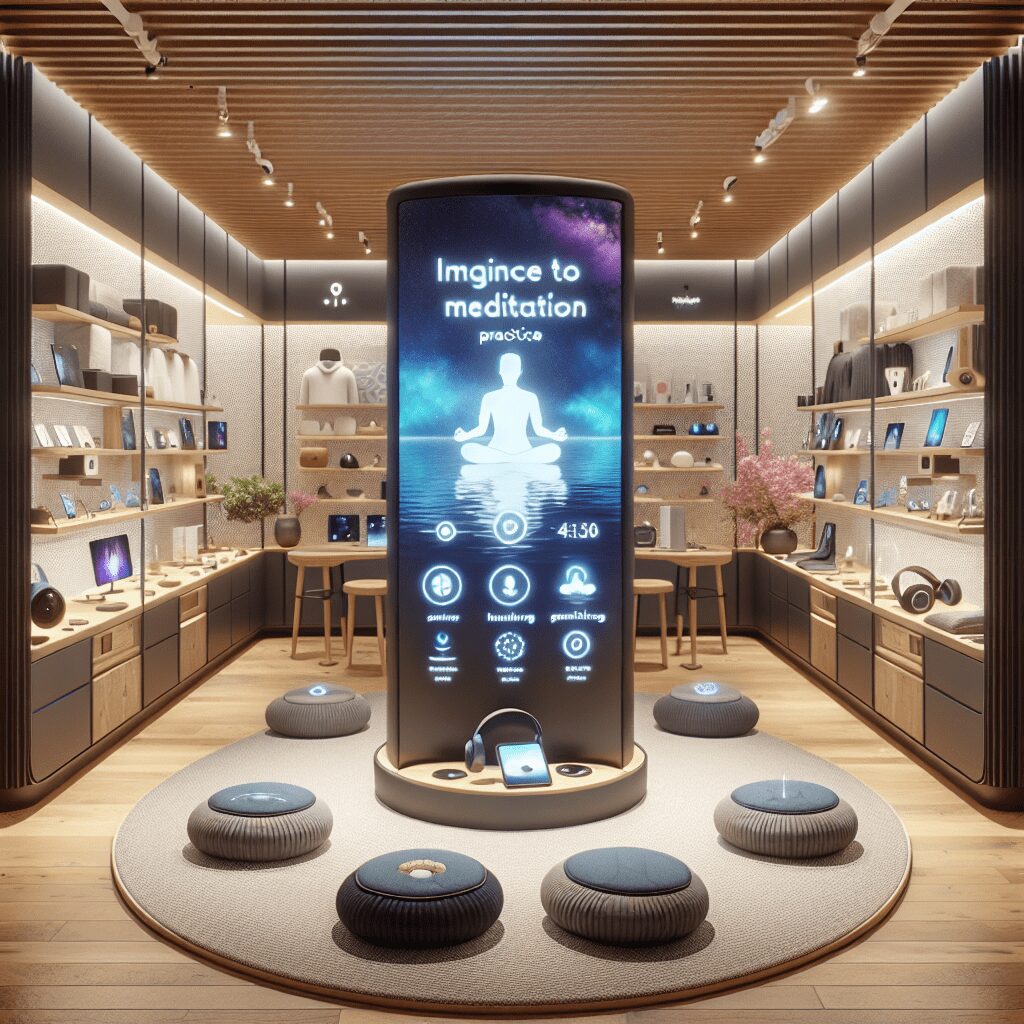
Prioritize your mental well-being daily. Enhance your life by nurturing your mental health with the Smart Meditation app. Break free from stress, alleviate anxiety, and enhance your sleep quality starting today.
Is Mindfulness Meditation Hypnosis?
Unlocking the Mysteries: Mindfulness Meditation vs. Hypnosis
The buzz around mindfulness meditation has reached a fever pitch in recent years, with everyone from corporate honchos to fitness enthusiasts singing its praises. On the flip side, hypnosis, often depicted as a party trick or a quick fix for various issues, also harbors profound benefits that are recognized in therapeutic settings. This juxtaposition begs the question: Is mindfulness meditation simply a form of hypnosis in disguise? To unravel this mystery, let’s dive deep into the essence of both practices.
The Essence of Mindfulness Meditation
At its core, mindfulness meditation is a practice rooted in ancient traditions, primarily Buddhism. It’s all about being present in the moment, fully engaging with your experiences without judgment or distraction. Picture this: you’re sitting in a quiet room, focusing on your breath. Thoughts and feelings float by like clouds, but instead of hitching a ride on them, you simply observe them passing by. It’s not about emptying your mind; it’s about being an attentive spectator of your inner world.
Key Components of Mindfulness Meditation:
- Present Moment Awareness: Staying grounded in the “now,” rather than dwelling on the past or fretting about the future.
- Non-judgmental Observation: Observing thoughts and emotions without labeling them as “good” or “bad.”
- Acceptance: Embracing your current state and experiences as they are.
Hypnosis: A State of Focused Suggestion
Hypnosis, on the other hand, walks a different path. It’s a trance-like state of focused attention, enhanced suggestibility, and vivid imagination. Think of it as tuning into a specific radio frequency where the rest of the noise fades away. In this state, a person is more open to suggestions, which can be used to modify behaviors, perceptions, and emotions. It’s a tool often wielded by therapists to tackle issues like smoking cessation, stress, and phobias.
Distinctive Features of Hypnosis:
- Enhanced Suggestibility: The individual is more open to suggestions that can influence thoughts and behaviors.
- Focused Attention: A laser-like focus on a specific thought, memory, or sensation.
- Imagination Activation: Heightened ability to visualize or imagine scenarios and outcomes.
Drawing the Line: Similarities and Divergences
While both mindfulness meditation and hypnosis involve a shift in awareness, they steer this shift in different directions for varied purposes. Here’s a brief rundown:
Shared Pathways: Both practices promote relaxation and can aid in stress reduction. Each utilizes a form of focused attention, though the object of this focus differs.
Fork in the Road: Mindfulness encourages broad awareness and acceptance of all thoughts and feelings without an agenda to change them, aiming for a heightened sense of presence and self-awareness. Hypnosis zeroes in on changing specific behaviors or beliefs, employing suggestibility as its main vehicle.
The Verdict: Complementary, Not Identical
So, is mindfulness meditation just hypnosis under another name? The answer is a resounding no. They may cross paths in the realm of altered states of consciousness, but their purposes, techniques, and outcomes distinguish them as distinct practices. Rather than viewing them as competitors, it’s more fruitful to see them as complementary tools in the wellness toolbox — each with its unique role in fostering mental, emotional, and psychological well-being.
In the end, whether you’re drawn to the open-ended exploration of mindfulness or the targeted approach of hypnosis, both paths offer rich landscapes for personal growth and healing. As we navigate the complexities of modern life, embracing the nuances of these practices can be a game-changer for our overall wellness journey. So why not give both a try and see where they take you? After all, in the quest for a balanced life, the more arrows you have in your quiver, the better.





